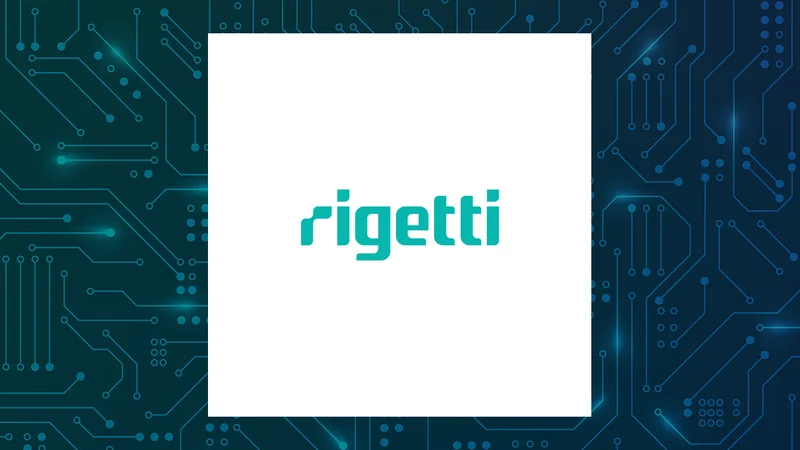KSTP News: Weather Updates and Property Tax Concerns
Snow, Taxes, and Murders: A Week in the Life of Minnesota (According to the Data)
November in Minnesota: a prelude to the deep freeze. This week, the news cycle offers a glimpse into the state's current realities, painting a picture that's, well, predictably mixed. We've got weather forecasts, tax hikes, charitable giving, and the grim realities of crime. Let's dive into the numbers and see what story they tell.
First up, the weather. KSTP’s Matt Serwe is forecasting the season’s first potential measurable snowfall. The forecast calls for "under an inch of slush" south of 494 in the metro, with up to 2 inches possible farther south. The key phrase here is "slush." It’s not the picturesque, postcard-worthy snow. This is the kind of snow that turns into a grey, icy mess, making the morning commute a bit more exciting (read: treacherous). Serwe notes that "about one degree of temperature will separate rain from snow." One degree. That's how thin the line is between a minor inconvenience and a major headache for commuters. How much will that single degree affect accident rates? And how much does the news coverage itself influence driver behavior, potentially increasing those rates? You can read more about the forecast in Rain and snow are possible Monday night, Tuesday.
The Taxman Cometh (Again)
Then there's the inevitable: taxes. Preliminary data indicates Minnesotans could face a $950 million increase in property taxes in 2026. That's a 6.9% jump from 2025. Counties are projected to collect over $4.54 billion, an 8.1% increase. Cities? Over $4 billion, up 8.7%. The Minnesota Department of Revenue offers a glimmer of hope, noting that final levies can be smaller. Last year, they decreased by $63 million. But let's be realistic: that's a drop in the bucket compared to the potential $950 million increase. And this doesn't even factor in the recent school referendums, where voters approved 60 out of 96 funding requests. More taxes are undoubtedly on the way.
The article presents a neat table showing property tax increases since 2021. County taxes, for example, have risen steadily: 3.4% in 2022, 4.2% in 2023, 5.5% in 2024, 6% in 2025, and a preliminary 8.1% in 2026. The trend is clear: taxes are going up, and they're going up faster each year. What's driving this acceleration? Is it increased spending, decreased revenue, or a combination of both? The data doesn't say, but I suspect it's a bit of column A and a bit of column B. And this is the part of the report that I find genuinely puzzling: Why do these articles almost never include inflation-adjusted numbers? A 6% tax increase might seem alarming, but if inflation is running at 5%, the real increase is only 1%. It's a crucial piece of context that's consistently missing.

Giving Back Amidst the Grind
Amidst the financial pressures, there’s a spotlight on charitable giving. KSTP Meteorologist Matt Serwe (yes, the same guy forecasting the slush) is highlighting the nonprofit Every Meal, as part of KSTP’s November series, "Why We Give." It's a feel-good story amidst the gloom, a reminder that people are still willing to help those in need. But let's not get too sentimental. While individual acts of charity are commendable, they don't address the systemic issues that create the need in the first place. How effective are these charitable organizations, really? What percentage of donations actually reach the intended recipients versus administrative costs? Without those numbers, it's hard to gauge the true impact.
The Unavoidable Dark Side
Finally, there's the harsh reality of crime. An 18-year-old was sentenced to nearly 14 years in prison for a murder in Minneapolis. Davione Daunte Charles Collins, 27, was shot and killed in April. The motive? Robbery for drugs. The teen, Darnail Arnez LaBrec, pleaded guilty to second-degree murder. His accomplice, 20-year-old Jayce Nasir Cuff, received an even longer sentence. The details are grim: a crashed car, a gunshot wound to the neck, marijuana baggies, and surveillance video capturing the act.
The article mentions that LaBrec was 17 at the time of the murder but was certified as an adult for the trial. This raises a complex question: at what age should a person be held fully responsible for their actions? The legal system draws a line, but the reality is far more nuanced. And what about the larger societal factors that contribute to crime? Poverty, lack of opportunity, drug addiction – these are all pieces of the puzzle.
The data points to a disturbing trend: a cycle of violence fueled by drugs and poverty. The fact that the victim was 27 and the perpetrator was 17—to be more exact, still a juvenile at the time of the crime—speaks volumes about the challenges facing this community.
Just Another Manic Monday (and Tuesday, and...)
Minnesota, like any other state, is a complex tapestry of weather, taxes, charity, and crime. The numbers paint a picture that's neither entirely bleak nor entirely rosy. It’s a state grappling with rising costs, persistent social problems, and the ever-present uncertainties of life. And while a little slushy snow might seem insignificant in the grand scheme of things, it's a reminder that even the smallest disruptions can have a ripple effect.
Related Articles
RGTI Stock: A Comparative Analysis vs. IONQ and NVDA
The market action surrounding Rigetti Computing (RGTI) in 2025 presents a fascinating case study in...
IRS Stimulus Payment November 2025: What We Know and the Fact Check
Alright, friends, let's talk about the future. It's November 2025, and the internet's buzzing again...
Accenture and AI: What's the Deal? – What Reddit is Saying
Accenture's AI Decarbonization Plan: More Like "Greenwashing as a Service"? Okay, so Accenture think...
John Malkovich Cast as President Snow: An Analysis of the Casting and Its Implications
The announcement landed with the precision of a well-funded marketing campaign. The Hunger Games, a...
American Battery's Breakthrough: Why It's Surging and What It Means for the Future of Energy
The Quiet Roar of the Energy Transition Just Became Deafening When I saw the news flash across my sc...
The 10-Year Treasury Yield: Why It's the Real Thing Screwing With Your Mortgage, Not the Fed
So You Think the Fed Controls Your Mortgage Rate? Think Again. Let me guess. You saw the headlines i...





